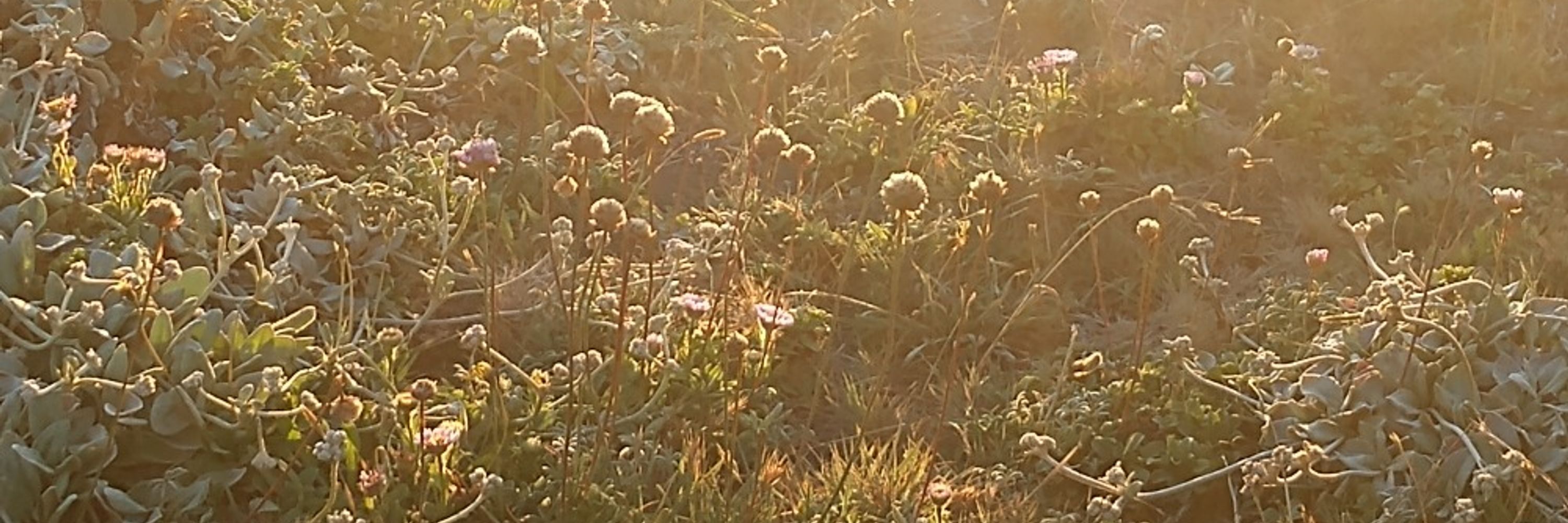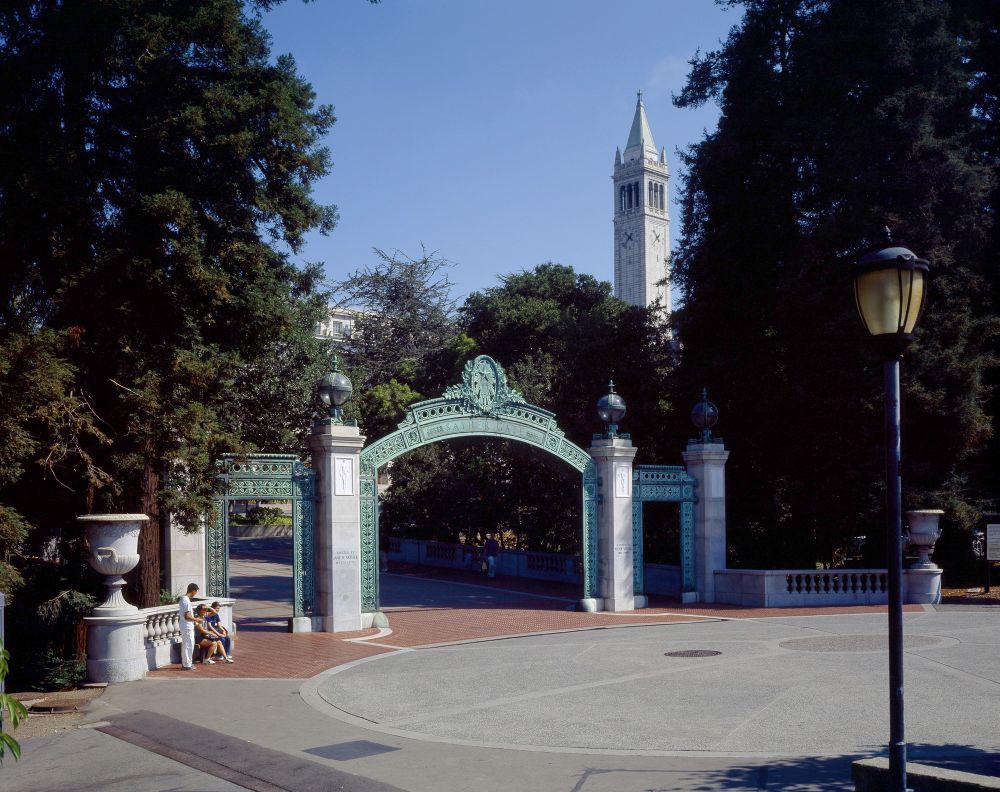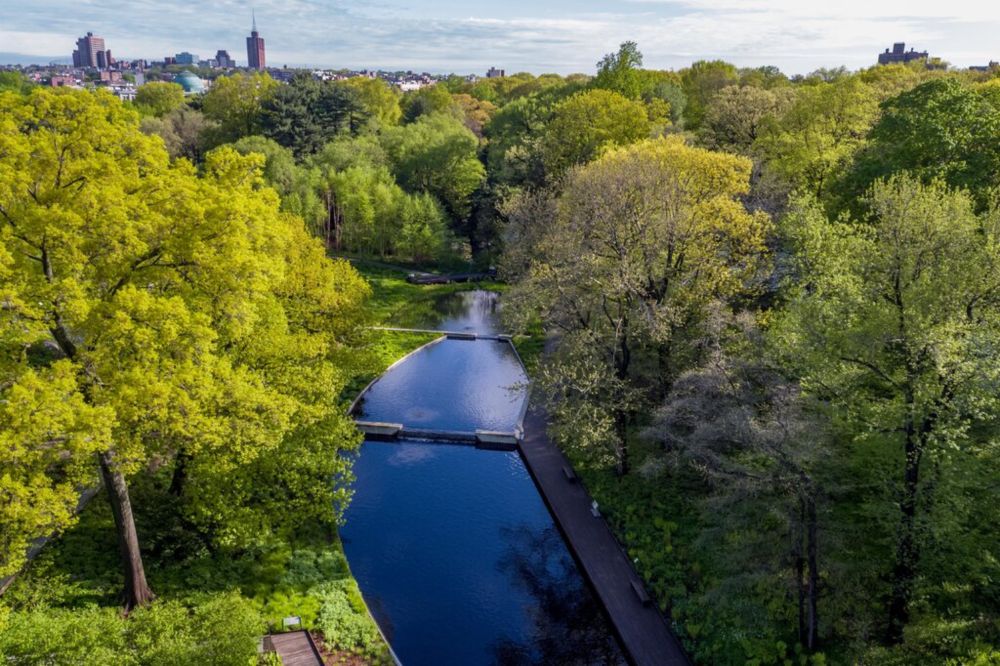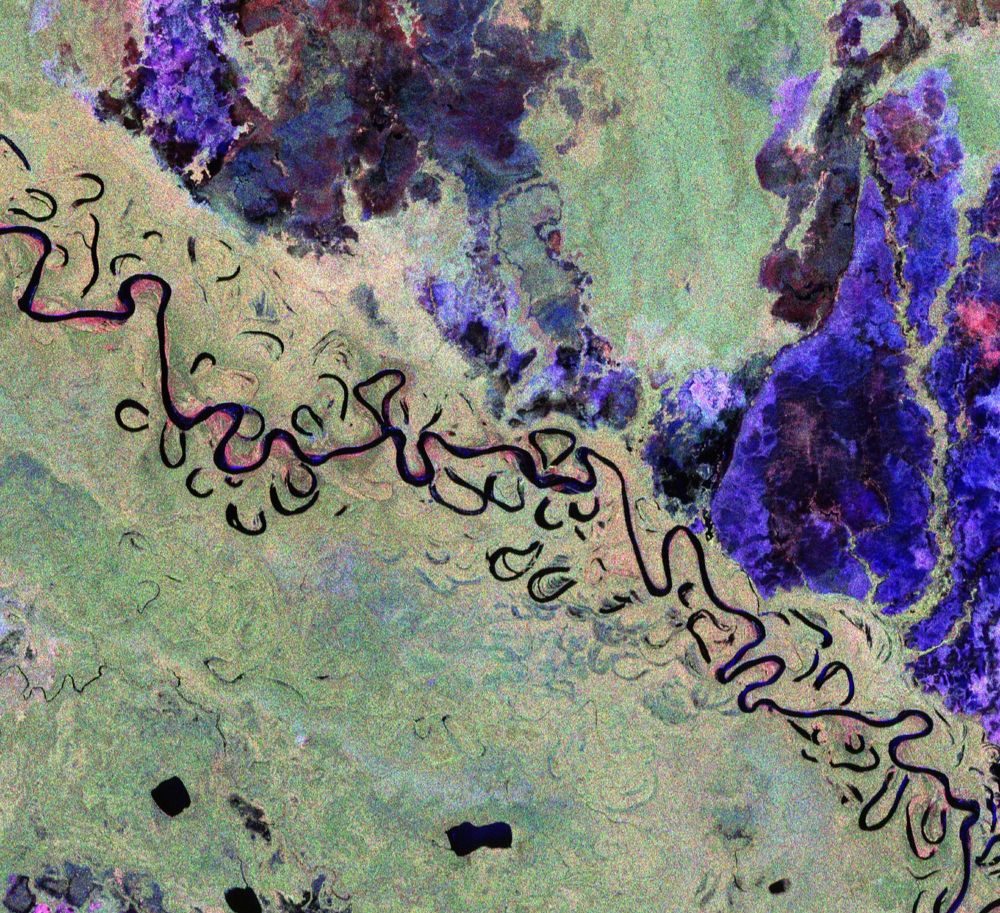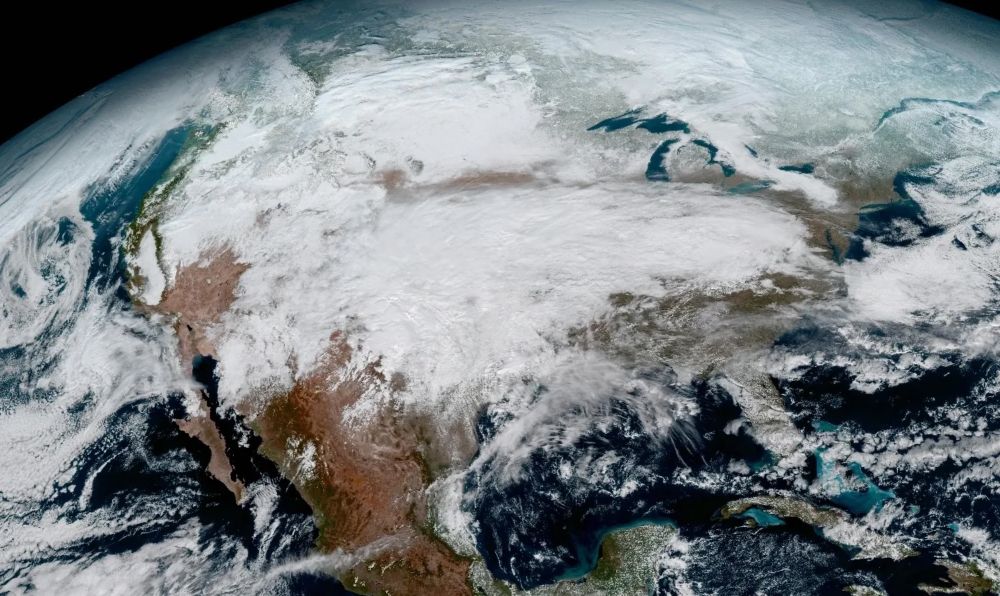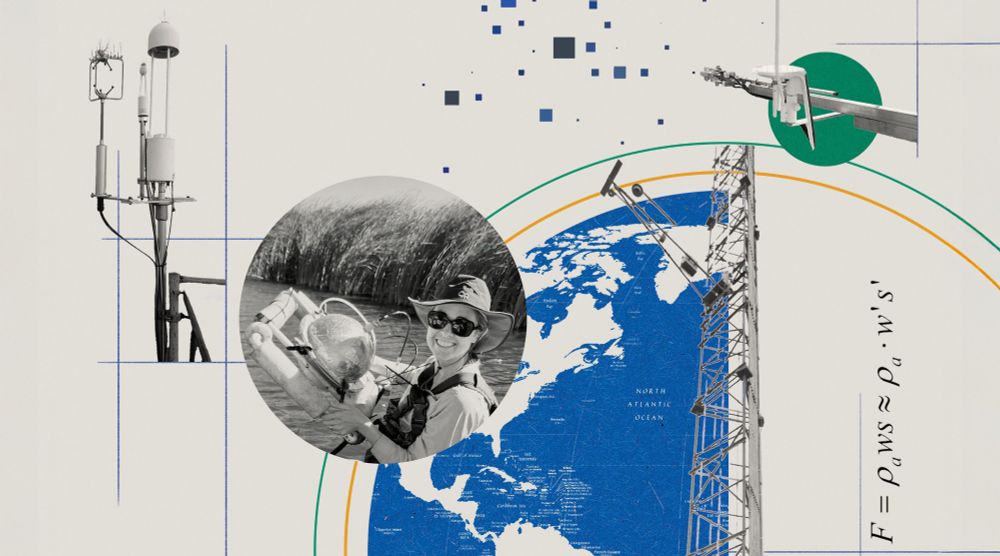Iryna Dronova
@irynad.bsky.social
4.4K followers
360 following
130 posts
Environmental scientist, Associate Professor, UC Berkeley. Remote sensing, GIS, wetlands, biodiversity, urban ecosystems, natural climate solutions. Bridges among science, landscape practice, and policy. I stand with Ukraine. Opinions are my own.
Posts
Media
Videos
Starter Packs
Reposted by Iryna Dronova
Iryna Dronova
@irynad.bsky.social
· Aug 13

Land abandonment as an indicator of Ukrainian agricultural resilience during Russia's war against Ukraine
Amidst the war, the resilience of Ukraine's export agriculture sector – among the top 10 worldwide and critical for food security – remains a global c…
www.sciencedirect.com
Reposted by Iryna Dronova
Reposted by Iryna Dronova
biometlab
@biometlab.bsky.social
· Jun 26

We should not dismantle science across America
The Trump administration is destroying our scientific institutions, its infrastructure, and intellectual capital at an unprecedented pace. Scientists are being fired without cause from many federal ag...
www.thepress.net
Reposted by Iryna Dronova
Iryna Dronova
@irynad.bsky.social
· Jun 5

Community-scale microclimate simulation using Airborne Laser Scanning and object-based urban tree classification
Urban climate and urban heat island effects, resulting from urban development and expansion, significantly impact human health and well-being. Urban f…
www.sciencedirect.com
Iryna Dronova
@irynad.bsky.social
· Jun 1
Iryna Dronova
@irynad.bsky.social
· May 23
Reposted by Iryna Dronova
Iryna Dronova
@irynad.bsky.social
· May 14
